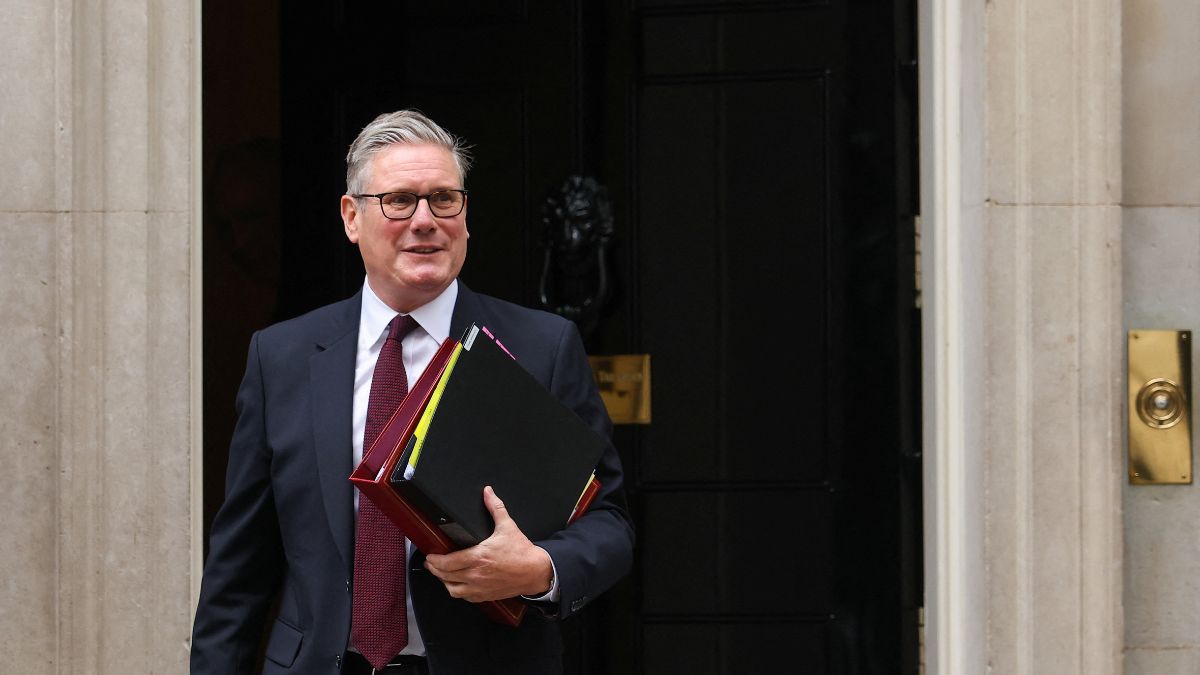The UN’s “Gender Snapshot 2025” report warns that women are at greater risk of job losses from artificial intelligence than men, with nearly 28 per cent of women’s jobs potentially affected globally compared with 21 per cent of men’s. The report calls for urgent action to bridge the gender digital divide.
The UN’s “Gender Snapshot 2025” report warns that nearly 28 per cent of women’s jobs globally could be affected by artificial intelligence, compared with 21 per cent of men’s jobs. While the digital future has the potential to be a great equaliser, the report stresses the urgent need to bridge the gender digital divide.
AI-driven shifts in the labour market could disproportionately impact women, the report notes, due to occupational distribution and gaps in digital skills. This underscores the need for gender-sensitive policies and training to safeguard employment.
Globally, 27.6 per cent of women’s jobs are potentially exposed to generative AI, compared with 21.1 per cent of men’s employment. Women are nearly twice as likely as men to hold positions at high risk of automation—4.7 per cent versus 2.4 per cent—putting roughly 65 million women’s jobs at risk, compared with 51 million men’s.
The gender gap is particularly stark in high-income countries, where 9.6 per cent of women’s jobs face automation risk, compared with 3.5 per cent of men’s. Women’s heightened exposure is largely because they are concentrated in roles vulnerable to automation, such as clerical and administrative positions.
Young female workers in urban areas with medium to high education, especially those employed in banking, finance, insurance, or the public sector, may also be disproportionately affected by AI-driven changes.
The report calls for urgent measures to close the digital gender divide, including improving women’s access to digital tools, providing targeted training, and boosting participation in STEM and digital leadership roles.
It also highlights persistent disparities in the tech sector, where women account for only 29 per cent of the global tech workforce and just 14 per cent of tech leadership positions. With 2025 being a pivotal year—just five years before the 2030 Agenda for Sustainable Development—the report tracks progress towards gender equality across the Sustainable Development Goals.
The UN warns that the world faces a new disruption and that inequality could be “coded into the future if we do not learn from past mistakes.” The report adds: “It could benefit 343 million women and girls, lift 30 million out of extreme poverty, improve food security for 42 million, and spark $1.5 trillion in global growth by 2030.”
To ensure gains in women’s workforce participation are not lost, the report calls for investments in digital and technical skills, support for sectoral transitions, and gender-responsive labour and social protection policies.
End of Article

)
)
